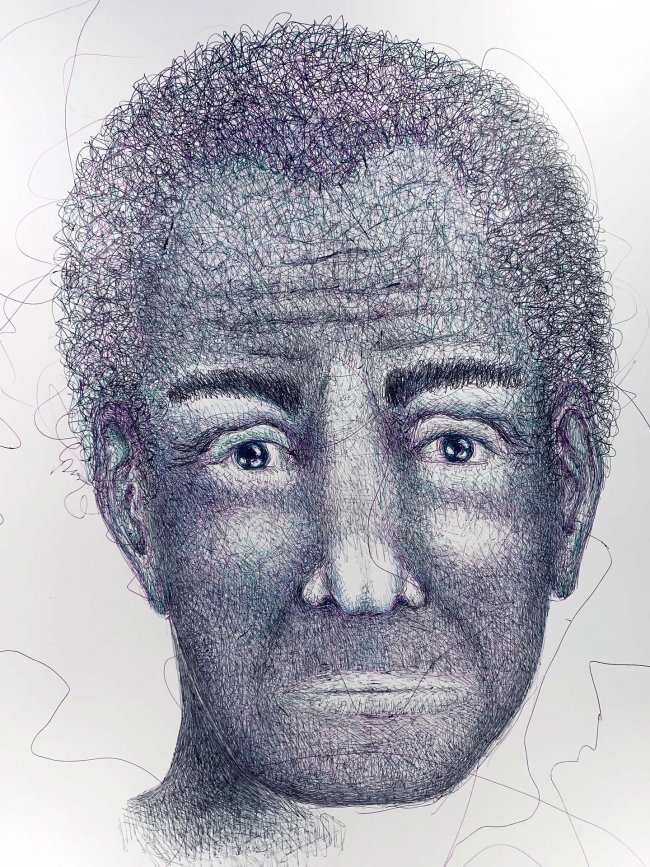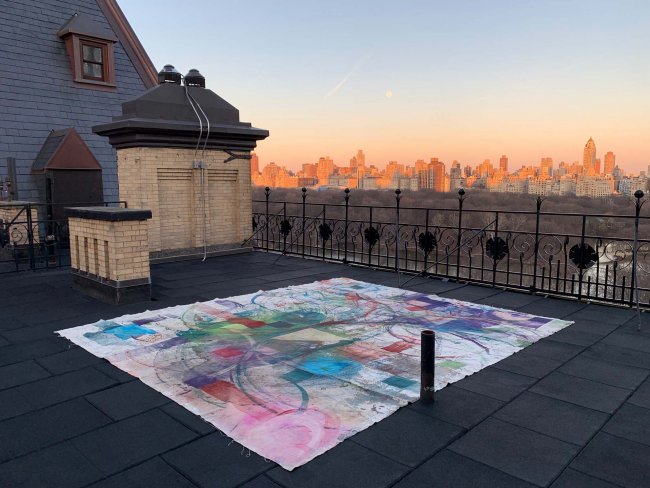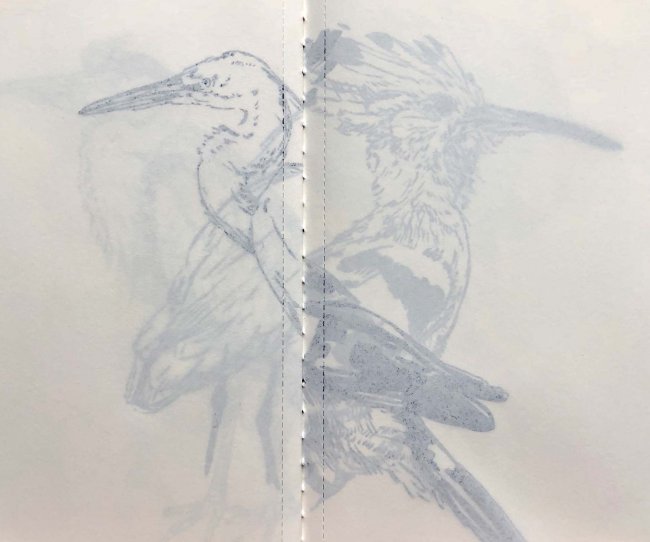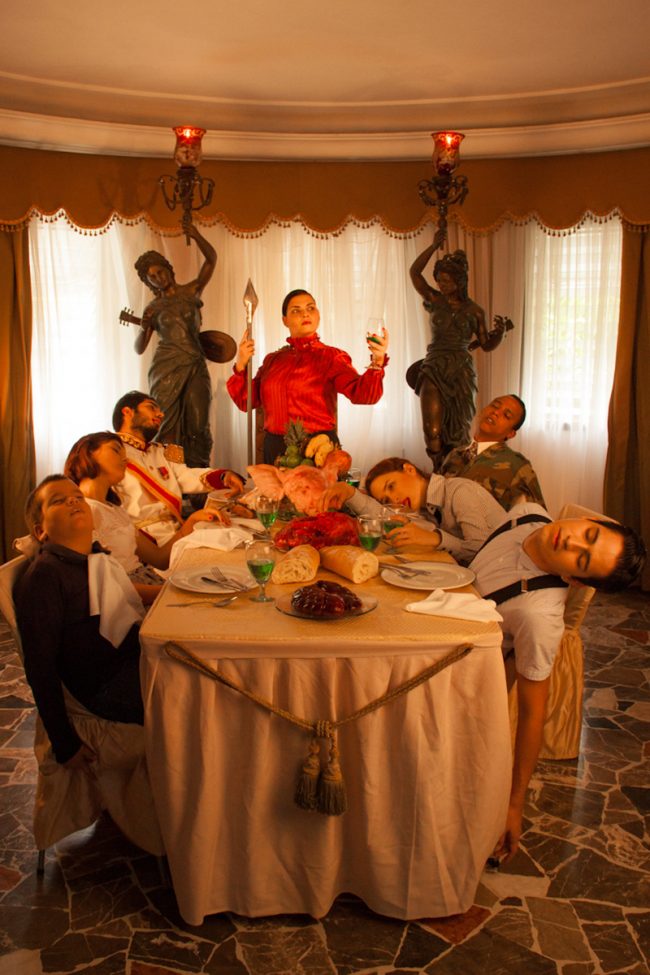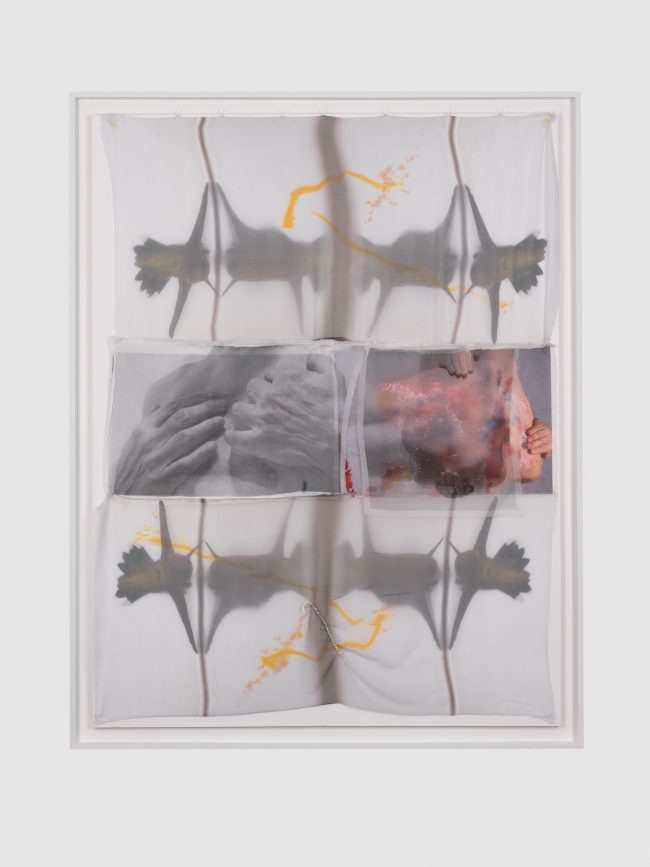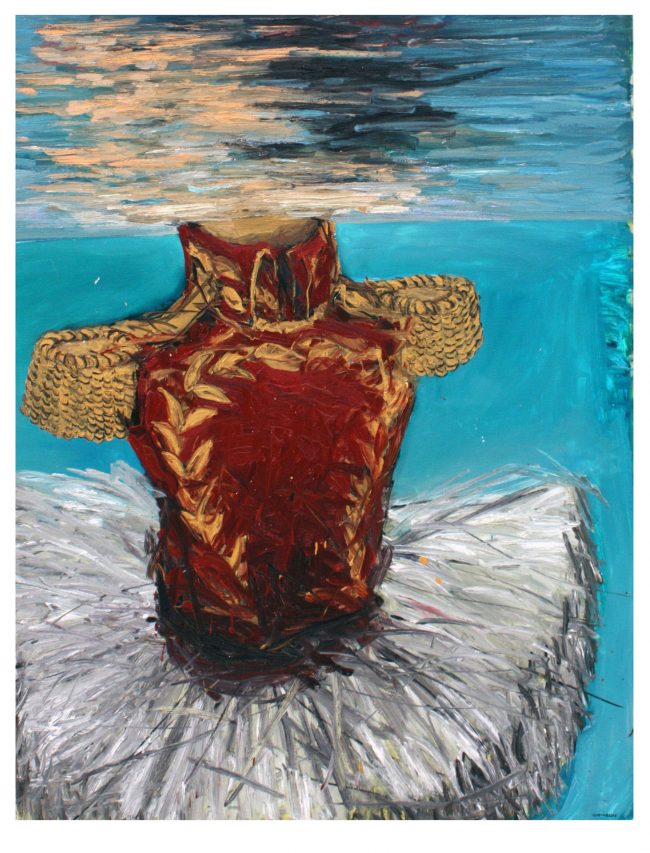FAMLY OF HUMANS by Linda Louis
Famly of Humans seeks to illustrate how we all are equal, regardless of the color of our skin or the shape of our features. It begs acceptance of the idea that tolerance and respect without judgment can exist. By presenting a disparate population in microcosm where no one is prejudged and there is no exclusivity, Famly of Humans promotes the idea of diversity where we are all on equal footing, no one is marginalized, and social acceptance is the norm.

